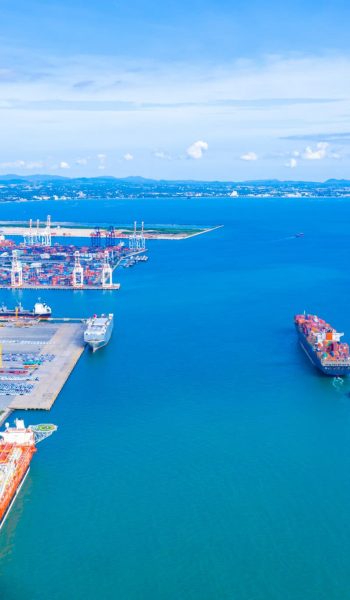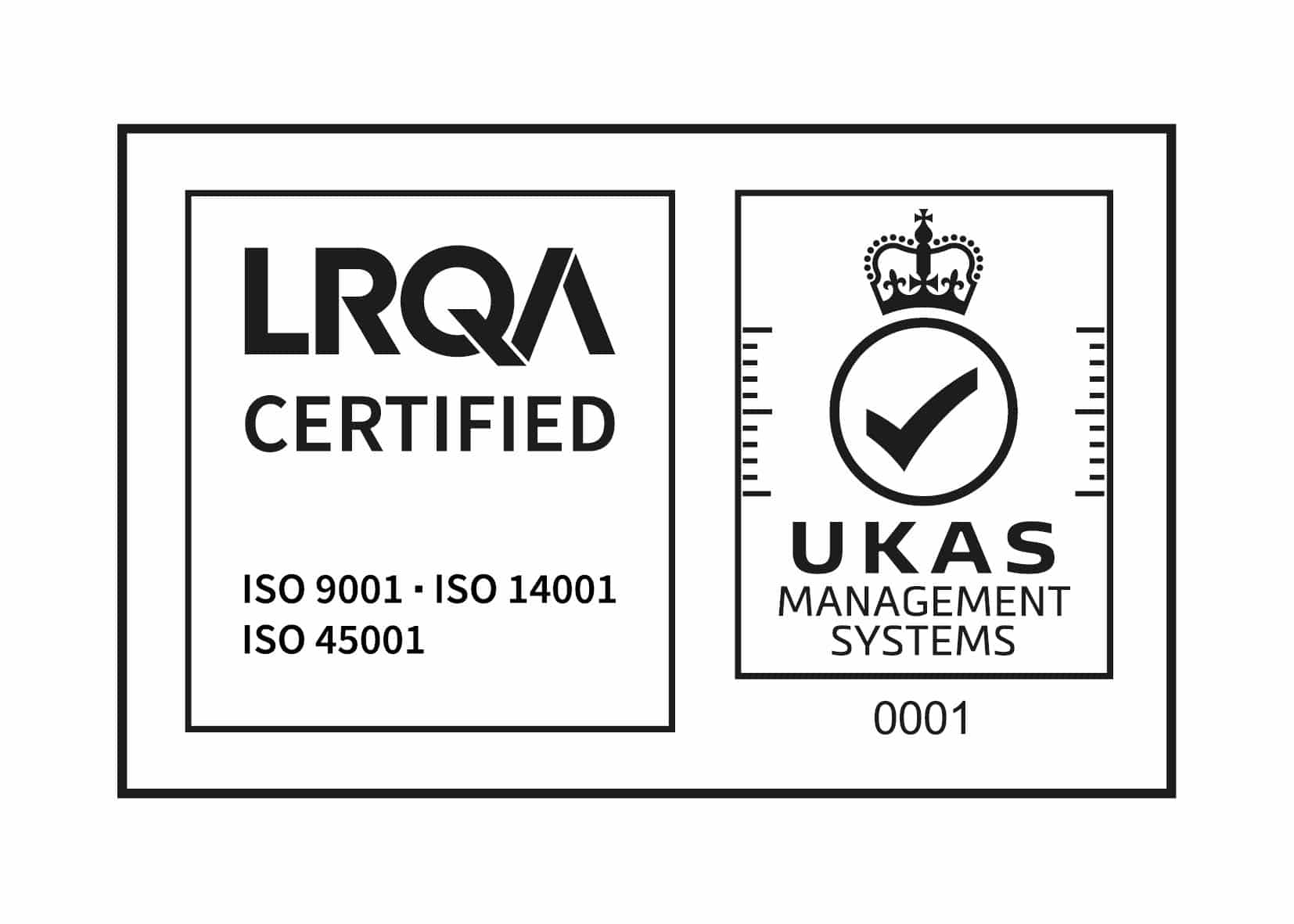What Is Port Construction?
Modern port construction happens since ports must expand their maritime business operations to welcome deepwater vessels and automated ships, to stay competitive in the market, for economic reasons, and for terminal expansion. At first thought, one may think that infrastructure expansion must be done physically; however, many ports are adopting digital Smart Port solutions to cope with a growing marketing and industry expansion. Ports must focus on utilizing existing infrastructure and facilities to their fullest potential to relieve capacity constraints and not only focus on physical construction. In both cases of physical construction and expansion through digitalization, Smart Port technologies help with port project planning and construction.
Physical Port Construction
The initial construction plan generally is created with possible future expansion stages. Therefore, once built, there are engineering plans set in place for terminal expansion when cargo volumes will increase, and the current harbour size is no longer adequate. Expansion often reaches into the hinterlands of the ports which creates environmental and public problems for the port and surrounding community.
For example, the land must be used to accommodate expansion for larger vessels, larger cranes, new terminals, larger quay for ports at berth, and more railway and highway access. The maritime industry is growing and advancing, and as ports are a major international supply chain node they must grow too.
This creates conflict between ports and community residents. Ports want to use the seaside land and have access to inland areas and hinterlands to expand port operations, yet communities want to use the same seafront land and inland areas for housing, businesses, and recreational activities.
Environmental conflicts are also produced by port construction. Port construction can affect water and air quality as well as noise quality. Ports are sometimes not seen as attractive for seaside residing communities either.
Predict the ETA of any vessel for free!
Get an accurate prediction of the ETA of any vessel thanks to our ETA Calculator Module. It’s easy, in real-time and free. You just have to sign-up to our HUB.

Smart Port Projects Helping Physical Infrastructure
Smart Port projects that aid physical expansion reintegrate the public into construction plans. A Smart Port solution encourages ports to incorporate residents and attractivity into their surrounding port areas through different strategies and plans. Public harbour areas would thus take environmental and marine life concerns and a concern for the public into account. This incorporates economic, environmental, and social impacts into port expansion operations.
For example, the Port of Montreal has a Grand Quay project which provides green spaces for the public. This allows residents to use the seaside land for recreational purposes while the ports can equally use other areas for operational purposes. They also installed onshore power which reduces the port’s environmental impact on the surrounding community.
Incorporating a Smart Port project into port construction is therefore the idea of expanding while considering sustainable development initiatives and the surrounding port community. It is working with the community and ecosystem as opposed to only focusing on how the land can be used for the port’s benefit.
Smart Port technologies also reduce environmental impact by implementing tracking services of water quality, air quality, and noise quality. For example, software, like the Sinay Hub, has been developed to help ports manage the environmental effects of port construction projects on the surrounding land and sea.
Using Digitalization to Take Advantage of Existing Port Infrastructure
The secret of mindful expansion is to digitalize port facilities to reach their fullest operating potential rather than immediately physically expanding into the surrounding hinterland and sea. Digitalization enables optimized land and sea use, preventing environmental stress on the surrounding area. This increases land and infrastructure productivity and decreases costs of construction while considering the public, marine life, and environmental impacts.
Port of Montreal decided to leverage smart solutions into their existing facilities instead of physically expanding. If physically expanding, they would have needed to use the land to solve their trucking and rail conflict. This would then create community conflict, whereas Montreal wants to build a sustainable relationship between their port and the city. To accommodate their 60,000 trucks a day, they instead chose to integrate a Smart Port Artificial Intelligence (AI) solution application to give truckers a real-time situational awareness of traffic conditions. This one digital change helped prevent unnecessary expansion into hinterlands and helped reduce trucking traffic which was disturbing the surrounding city.
Port of Rotterdam developed a Digital Twin of their port, which is essentially an exact digital copy of the port. This Smart Port solution gives them the ability to use all land adequately because with this solution they can integrate new technologies that help take advantage of all land use. They can also measure the impact of their digital solutions. For example, they use AI technologies to determine exactly when ships should dock and depart. This prevents the need for quay expansion as they are instead optimizing an existing process.
Takeaway
Thanks to advanced digital technologies like Artificial Intelligence, port expansion no longer must be physical as many Smart Port solutions utilize existing facilities to their greatest potential. This saves costs for ports, reduces environmental impacts, and creates a healthy synergy between ports and their community.
At Sinay, we created a digital Estimated Time of Arrival (ETA) Module to give ports a precise ETA of incoming ships. This module is part of the Sinay Hub, a digital platform with a 360-degree view of environmental and logistic maritime activities. With this module, ports do not need to expand into their hinterlands to accommodate more ships, as they can instead digitalize their operations to take advantage of the existing quay. With maritime activity increasing each year digital port expansion will become necessary, so why not start now?
Frequently Asked Questions About: DIGITAL PORT INFRASTRUCTURE
A Smart Port is a digital port. “Smart” means being more attractive and innovative in a competitive sense.
A Smart Port is a more effective, more performant, and more economically competitive port. Not only that, but Smart Ports consider residents a key stakeholder of their activities. They use real-time information, a collaborative management approach, and essentially provide more with less.
A Smart Port is green, digital, and more connected to logistics, industrial environments, and sustainable development resources. They are automated ports using new technologies while caring more for the marine environment.
Smart Port technologies include Big Data, Artificial Intelligence (AI), Internet of Things (IoT), blockchain technology, and 5G connection.
Yes, a port is an infrastructure. Ports are considered entities.





